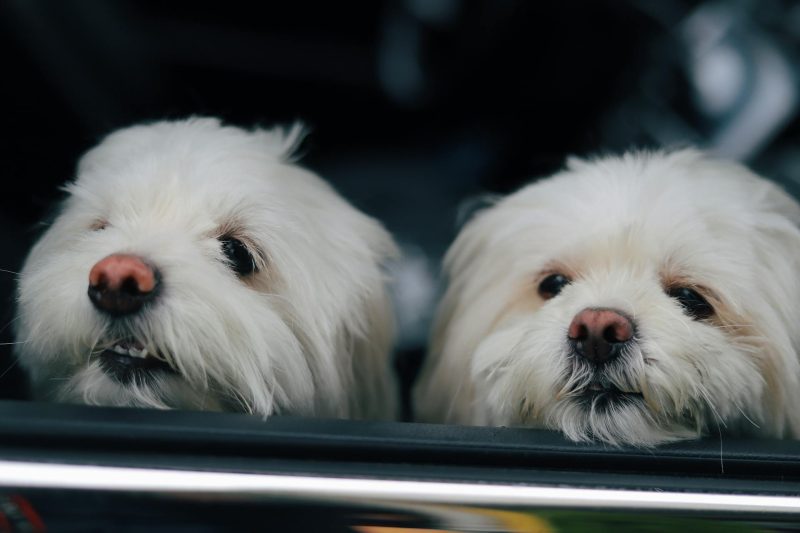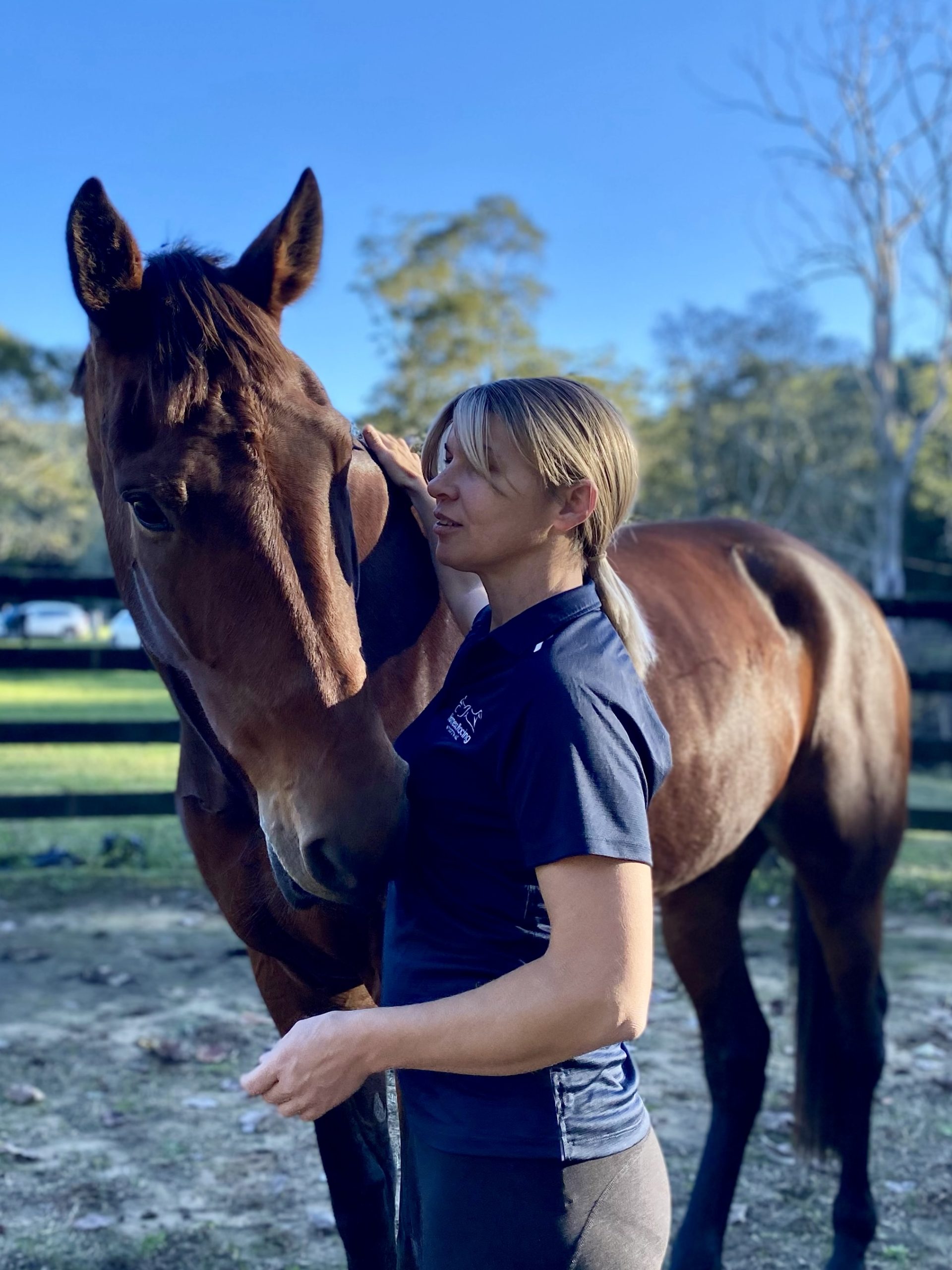
Contributors:
Dr Tanya Phillips, BVSc – Veterinarian & Founder of Best Fur Forward
Dr Annie Knox, BVSc – Veterinarian & Animal Welfare Researcher
We asked veterinary friends of Pawtripper for their best advice on what to do before and during flights with your dog in the cabin. Here are their top picks to help you and your pup fly stress-free and kick off a fabulous holiday, wherever you’re headed in Australia.
Fit-to-Fly Basics: comfort over convenience
“Prioritise comfort and calm over convenience. Air travel can be stressful for pets, so thoughtful preparation makes all the difference.” — Dr Tanya Phillips
- Small pets only: Your dog must fit fully under the seat in a soft carrier and be able to sit or lie in a natural, relaxed posture without cramping.
- Measure first: With your dog in sternal recumbency (all four legs tucked, head upright), measure ground-to-top of head and check against your airline’s maximum carrier dimensions and any combined pet + carrier weight limits.
- Health red flags: don’t fly today if your dog has coughing, nasal congestion, noisy breathing; known airway/heart disease; or is “not quite right.”
- Higher-risk groups: brachycephalic breeds (Pug, Frenchie, etc.), older/arthritic dogs, or dogs with respiratory/cardiac disease may need extra veterinary clearance or an alternative plan.
Choose the Right Carrier (and set it up to feel safe)
- Ventilation & visibility: Mesh/vents on three or more sides; a top mesh panel helps reassurance mid-flight.
- Optional privacy: Flaps/covers you can lower if your dog gets startled.
- Base & lining: Firm, non-sag base with an absorbent pad; add a familiar blanket/item that smells like home.
- Pack light, pack smart: Short leash, wipes, spare pad, tiny treats, waste bags, vaccination proof.
Want specific models we’ve test-fitted? See our Under-Seat Carrier Guide.
The 4-Week Carrier Plan (training that actually works)
“Make the carrier a safe, familiar den, not just a travel box.” — Dr Annie Knox
Week 4–3
- Leave the carrier open; meals/treats inside; encourage short, relaxed naps.
- One–two 10–20 minute “hang-outs” daily while you’re nearby.
Week 3
- Add short car rides with the carrier secured so movement feels normal.
Week 2
- Begin brief zip-ups (1–3 mins → 10–15 mins). Reward calm exits; end sessions on a positive note.
Week 1
- Under-seat rehearsal at home: check height/length; practise quiet time while you’re seated (flight posture).
Food, Water & Toileting: timing that reduces mishaps
“Feed a light meal 2–4 hours before take-off to minimise nausea; offer small amounts of water and toilet just before the terminal.” — Dr Tanya Phillips
“In warmer weather, a couple of ice cubes can help with hydration.” — Dr Annie Knox
- Food: light meal 2–4 hours pre-flight (some dogs do best with 4–6; choose the window your vet recommends).
- Water: modest sips pre-departure; avoid over-filling the bladder.
- During short flights (≈1–3 hrs): skip feeding; if you use any distraction, keep it tiny and pre-tested.
- Toilet: last bathroom break immediately before entering the terminal.
Facilities vary by airport – some are only outside security – so plan your dog’s last toilet stop accordingly.
Calming Strategies (and what to know about medication)
“No routine sedation before flying. Sedatives can mask distress or breathing issues.” — Dr Tanya Phillips
- Behaviour first: calm owner energy, familiar blanket/scent, and rehearsed “quiet crate” time.
- Desensitise: short carrier car trips, brief visits to busier environments, low-volume airport-sound playlists.
- Pheromones: dog-appeasing pheromone (DAP) spray on bedding can help some dogs.
- Medication: if your dog is highly anxious, speak to your vet early. Some dogs may benefit from a vet-prescribed anti-anxiety medication, trialled well before travel to confirm dose and effect. Avoid sedatives unless your vet specifically advises and the airline allows it.
Day-Of Checklist (print or screenshot)
- Long walk/exercise ✔
- Light meal timed 2–4 (up to 6) hrs pre-flight ✔
- Small sips of water ✔
- Final toilet stop before security ✔
- Carrier: absorbent pad + familiar blanket ✔
- Docs: vaccination proof; any airline forms ✔
- Short leash, wipes, spare pad, waste bag ✔
- At gate: calm wait; zip closed before boarding ✔
Best dog carriers for air travel (comfort, compliance, ergonomics)
Choose an under-seat, soft-sided carrier with ventilation on multiple sides and a firm base. A trolley sleeve/luggage-handle pass-through saves your back in long terminals.
Under-seat carrier checklist (airline trial size)
- Soft-sided, leak-proof base + absorbent mat
- Fits fully under seat (check your airline’s max dimensions)
- Ventilation on 3+ sides (ideally one on top)
- Firm, non-sag base; familiar liner/blanket
- Privacy flap you can lower if startled
- Trolley sleeve / luggage-handle pass-through
- Dog + carrier within airline weight limit (weigh at home)
- Do a home under-seat rehearsal (mock seat height)
Looking for real-world fit photos and exact dimensions? See our Under-Seat Carrier Guide.
Is flying right for your dog?
Flying suits calm, well-trained small dogs best. If your dog is still building confidence or is over the in-cabin size/weight limit, consider a road trip or talk to your vet about alternatives.
FAQ: flying with dogs in the cabin
How long can dogs stay in a carrier comfortably?
Should I feed my dog before a short flight?
Is it different to travel with dogs on U.S. airplanes vs Australian flights?
What’s the best carrier feature to prioritise?
Contributors

Dr Tanya Phillips, BVSc
Dr Tanya Phillips, BVSc is a veterinarian, foster carer, and lifelong cat mum—founder of Best Fur Forward, created after fostering two pregnant rescues (13 cats!) showed her how much better cat care and litter could be.

Dr Annie Knox, BVSc
Dr Annie Knox, BVSc is a veterinarian, researcher, and animal welfare advocate with over 20 years’ experience across clinical practice, regulatory leadership, and nonprofit governance. She is the Founder of the Off-the-Track Alliance (OTTA), a national initiative for retired racehorses, and has worked with the RSPCA and Principal Racing Authorities across three states.
